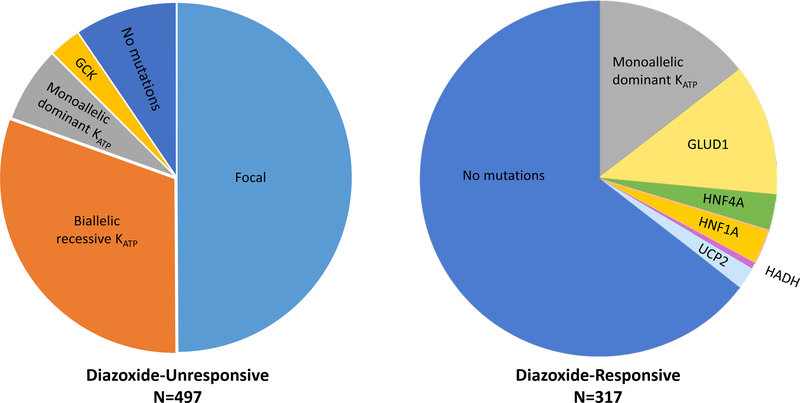Figure 3. Genetic etiologies of HI stratified by diazoxide responsiveness.
Data from 814 children with hyperinsulinism treated at the Children’s Hospital of Philadelphia. Among those with diazoxide-unresponsive HI, KATP mutations were the most common etiology identified by genetic testing: focal KATP (50%), biallelic recessive KATP (31%), monoallelic dominant KATP (7%), GCK (3%), no mutation identified (9.5%). In contrast, the most common finding among those with diazoxide-responsive HI was no identified mutation (64.5%), followed by monoallelic dominant KATP (14.5%), GLUD1 (12%), HNF4A (3%), HNF1A (3%), UCP2 (2%), and HADH (0.6%).

